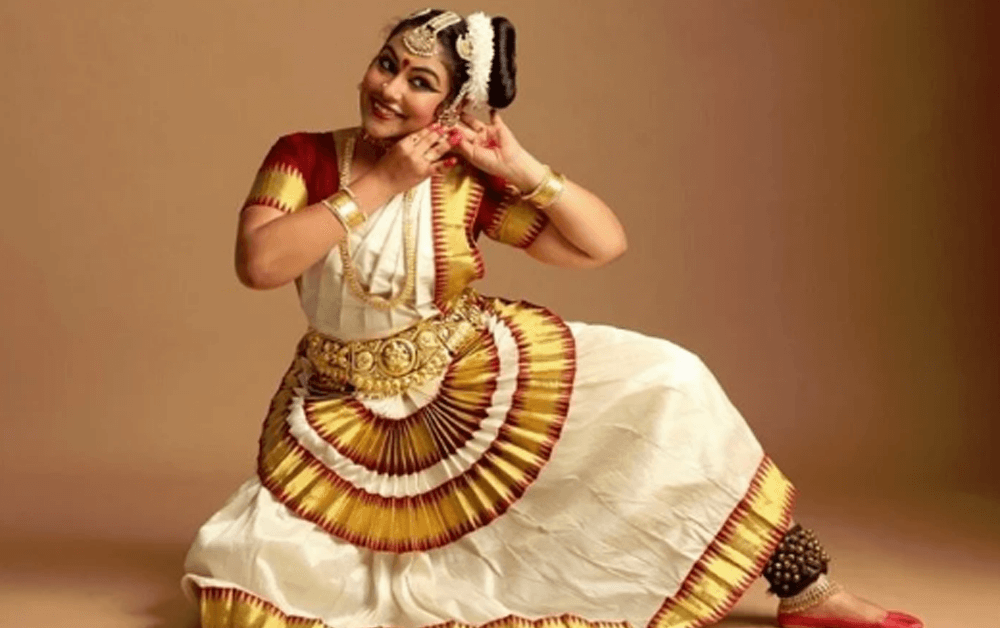Odissi

Mohiniyattam is recognized as one of the eight Indian classical dance forms approved by the Sangeet Natak Akademi set up by the Govt of India. Mainly it became popular in the state of Kerala. Like other dance forms, Mohiniyattam is also coming from Bharatamuni's Natya Shastra. As a traditional dance art, Mohiniyattam presents a story in front of viewers with different postures in melody Manipravalam, which is the combination Here, Vedic Matters already said about the origin of Mohiniyattam that starts from Sanskrit sacred Hindu text of Natyashastra written by Bharatamuni. According to Hindu mythology, after churning the nectar by Gods and demons, demons forcibly took the divine nectar from Gods. To save gods, Lord Vishnu came and enticed the demons by taking the form of an outstandingly beautiful woman Mohini. At last, he liberated the nectar from demons and handed it to gods. The attractive act of Mohini is presented in the form of Mohiniyattam. Mainly the themes of Mohiniyattam is related to Lord Vishnu and his incarnation Lord Krishna. It has 40 variety movements known as Adavukal. The viewers understand the stories through Mudras and expressions. Madhalam, Idaka, Flute, Veena and Kuzhithalam are the main instruments used for performing Mohiniyattam. The artist wears an Off white or plain white saree with golden embroidery. Wears a matching blouse and a golden belt is tuck-in the end of the saree. Women become elegant in golden colour jewellery with Kasavu saree. Mohiniyattam is the combination of both Lasya and Bhava. Artists give importance to facial expressions and body movements more than rhythmic steps. The first preference to Mohiniyattam is recognised in Vyavaharamala by Mazhamangalam Narayanan Namboodiri. Adavu is the basic steps of Mohiniyattam. They are Taganam, Jaganam, Dhaganam and Sammisram.
Get weekly updates on the newest articles, quotes and newsletters right in your mailbox. Subscribe now
